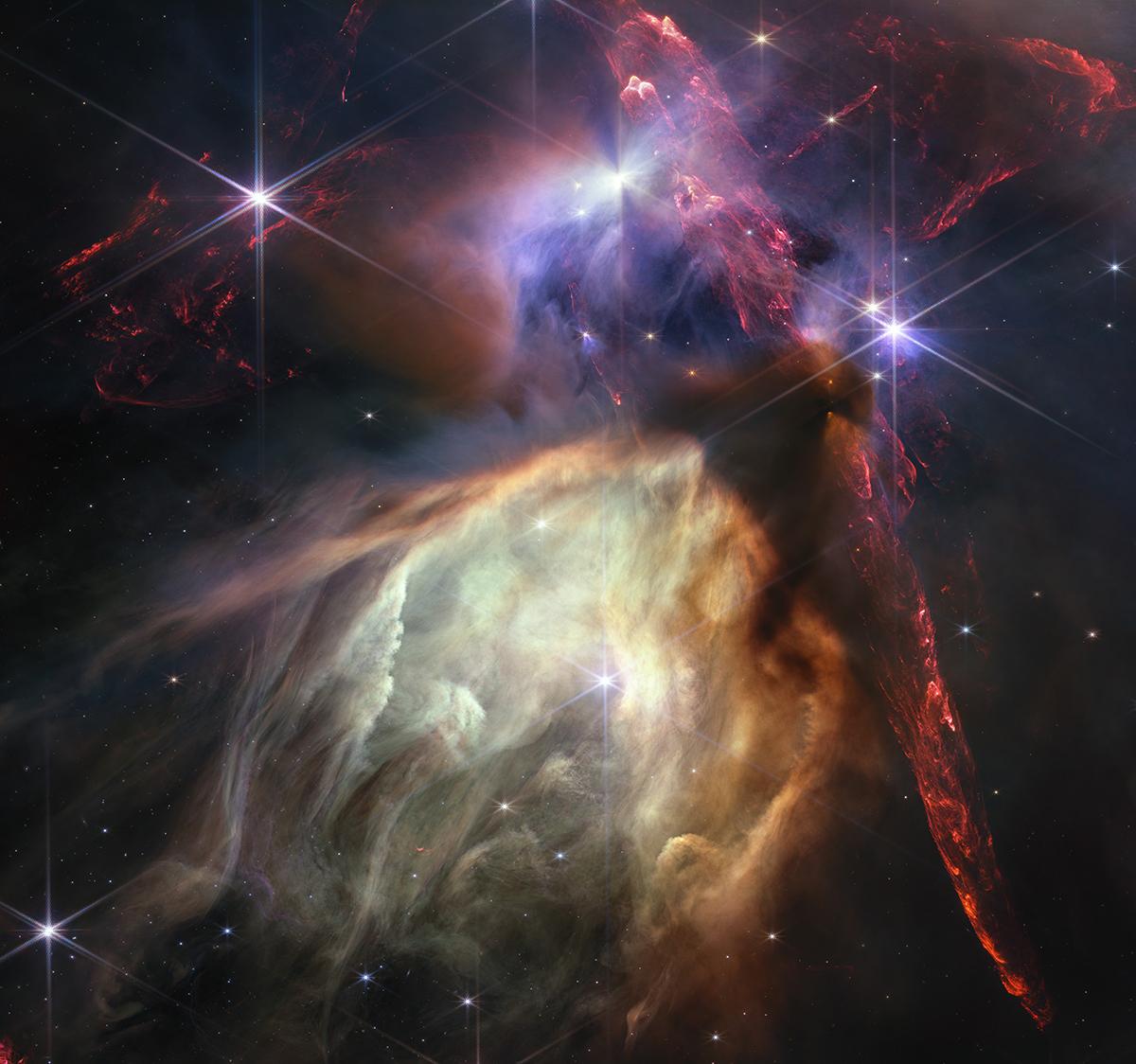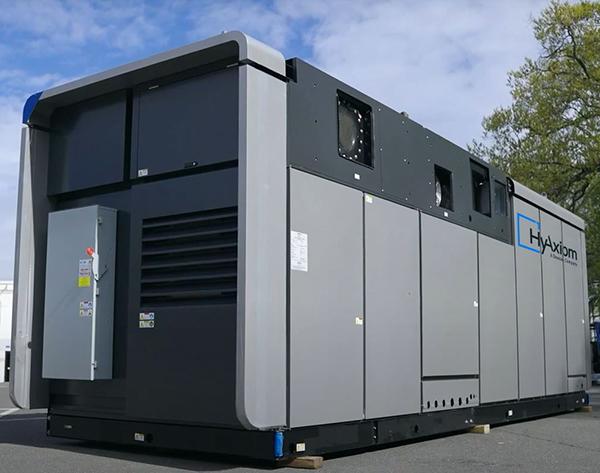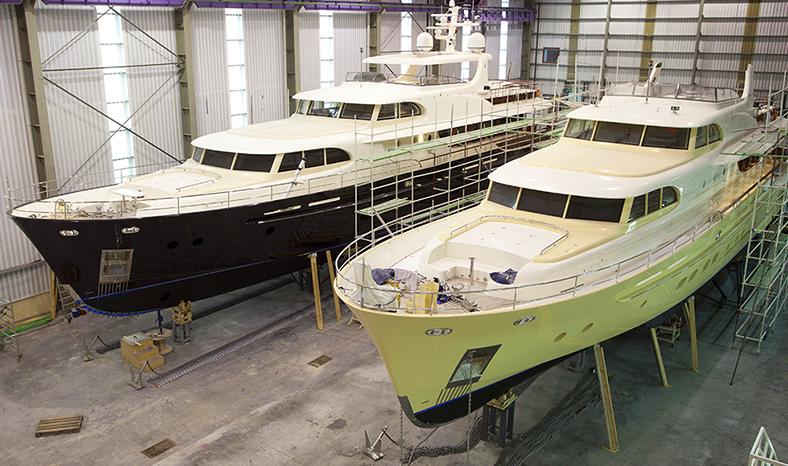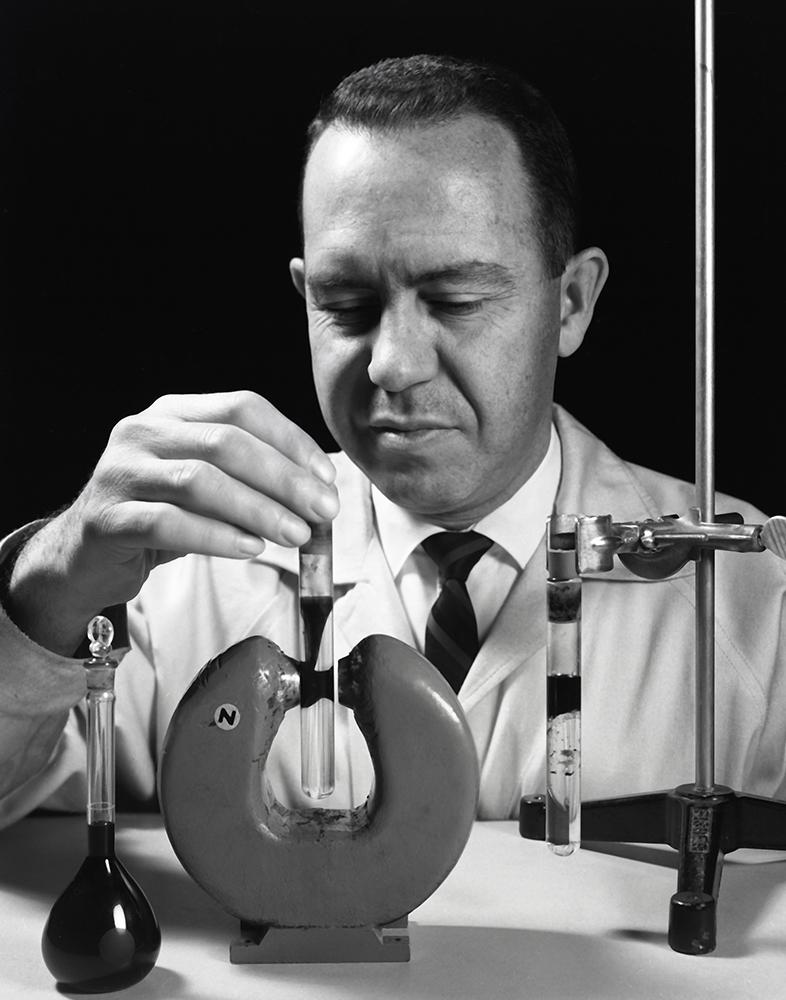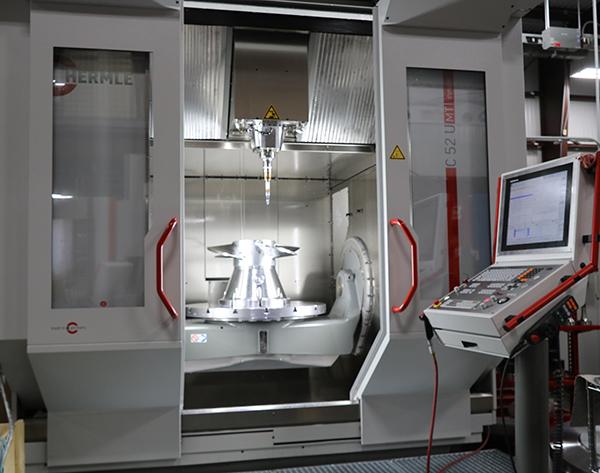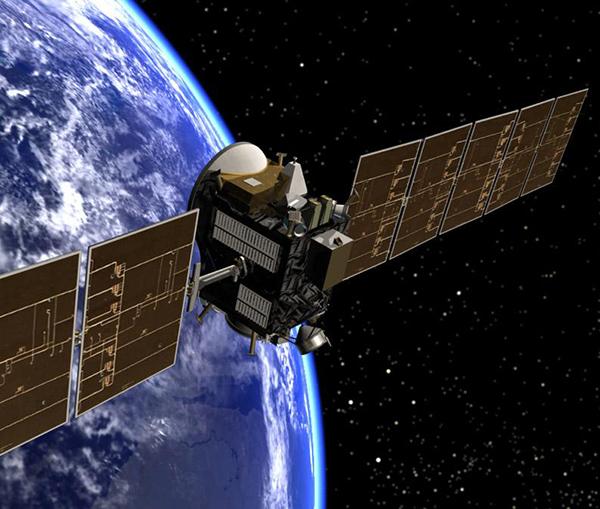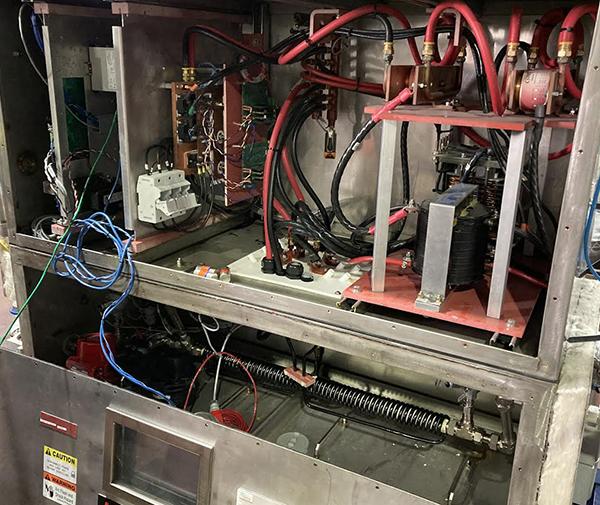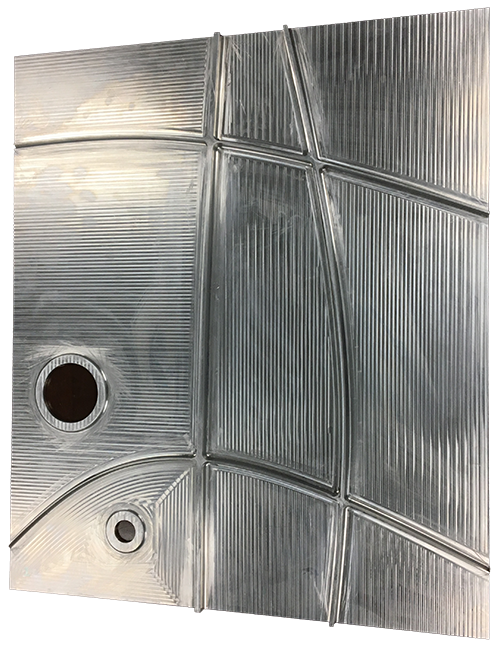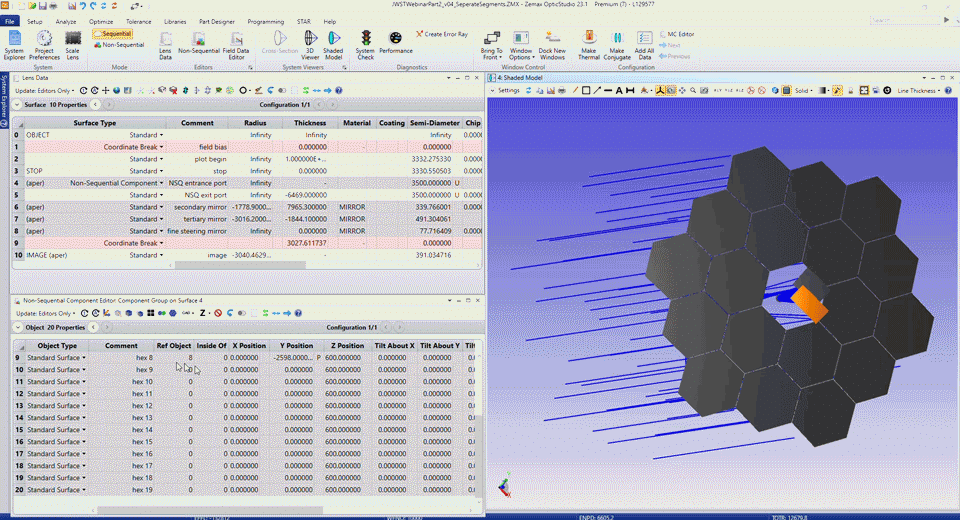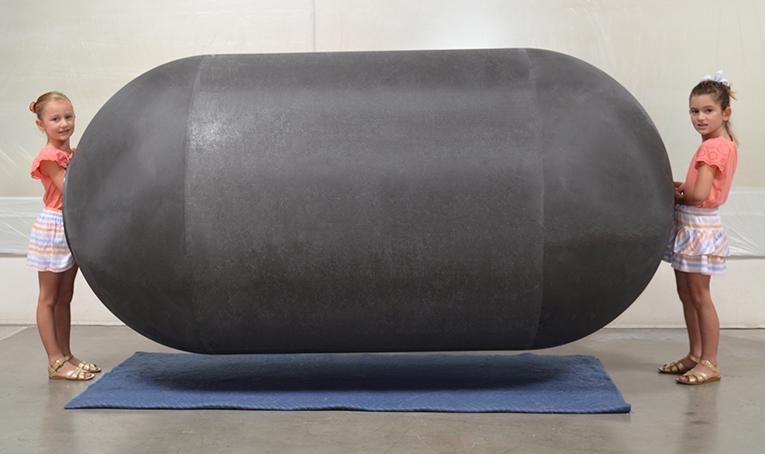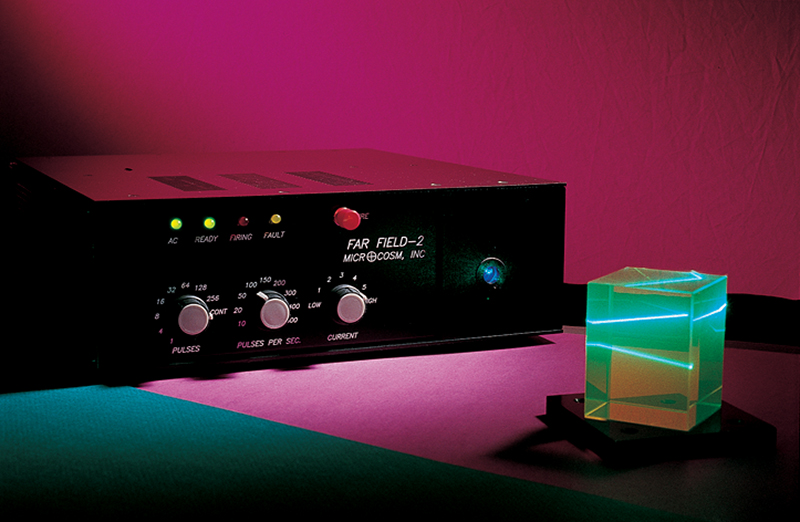
Super-compact Laser
A super-compact laser for dedicated manufacturing applications was made possible by NASA's need for laser instruments to study Earth as well as investigate the distant shores of Mars.
Microcosm, Inc. of Columbia, Maryland produced the portable FarField-2 laser for field applications that require high power pulsed illumination. The compact design was conceived through research at Goddard Space Flight Center on laser instruments for space missions to carry out geoscience studies of Earth.
An exclusive license to the key NASA patent for the compact laser design was assigned to Microcosm. Because the FarField laser is so small and can use such a range of power supplies, it is an ideal portable laser for field applications. The commercial utility of the solid-state laser equipment appears promising.
Microcosm's FarField-2 is a miniature solid-state ultraviolet laser, using a Neodymium-Yttrium-Aluminum-Garnet (Nd:YAG) crystal. It also produces green or infrared outputs. Weighing less than 22-pounds, the laser has dimensions of 10.5 x 12 x 4 inches.
FarField-2 has several advantages over excimer lasers, argon-ion lasers, or nitrogen lasers. While compact, the device provides three wavelengths simultaneously, has low power consumption, does not need water cooling or gas supplies, and produces nearly ideal beam quality.
The power supply and the FarField-2 laser are packaged together in an air-cooled housing. Despite its diminutive dimensions, the laser is robust making it appropriate for industrial, laboratory and mobile use. Microcosm sees applications for the FarField-2 in materials science and processing, as well as taking on duties in biology and medicine. Examples of commercial applications include diamond marking, semiconductor line-cutting, chromosome surgery, and fluorescence microscopy.
The properties of the FarField-2 laser make it effective over long distances. That attribute and others is why NASA developed the technology for laser altimeters that can be toted aboard spacecraft. Pulses from the device can fire many times each second. By measuring the length of time it takes for the light to return to the spacecraft-mounted laser, scientists can determine the distance to a planet's surface. Data collected can be used to construct highly accurate topographic maps.
The FarField-2 has been used in combination with microscopes to create spot sizes of less than one micrometer in diameter. Capable of reaching high energy levels, the laser can create a beam that behaves like a cutting tool. That penetrating power can be utilized for drilling holes and cutting lines, critical applications in the semiconductor industry, in materials science and materials processing.
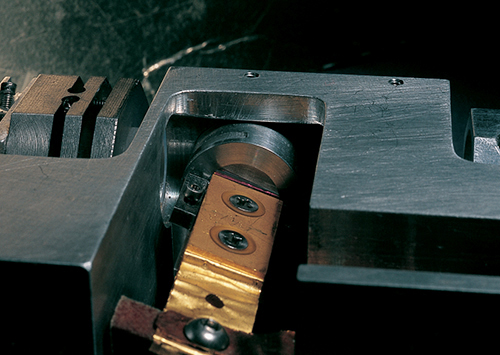
The power supply and the FarField-2 laser are packaged together in a small air -cooled housing. Despite its size, the laser is robust making it appropriate for industrial, laboratory and mobile use.
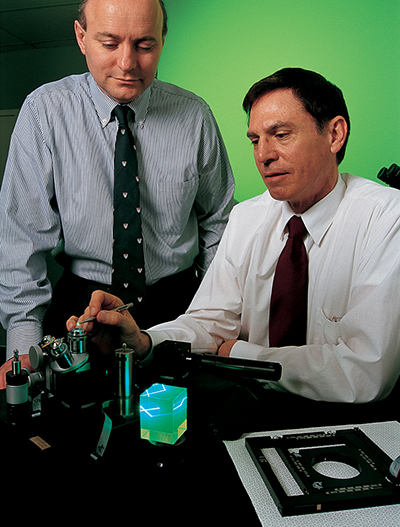
Dr. Patrick Huddie, CEO and Dr. Wayne Moore, President of Microcosm, Inc., display the FarField-2 Laser. Research on laser instruments for NASA missions made the compact design possible.

A beam from the FarField-2 Laser is captured in a glass box. Microcosm, Inc. produces lasers for field applications that require high power pulsed illumination.




